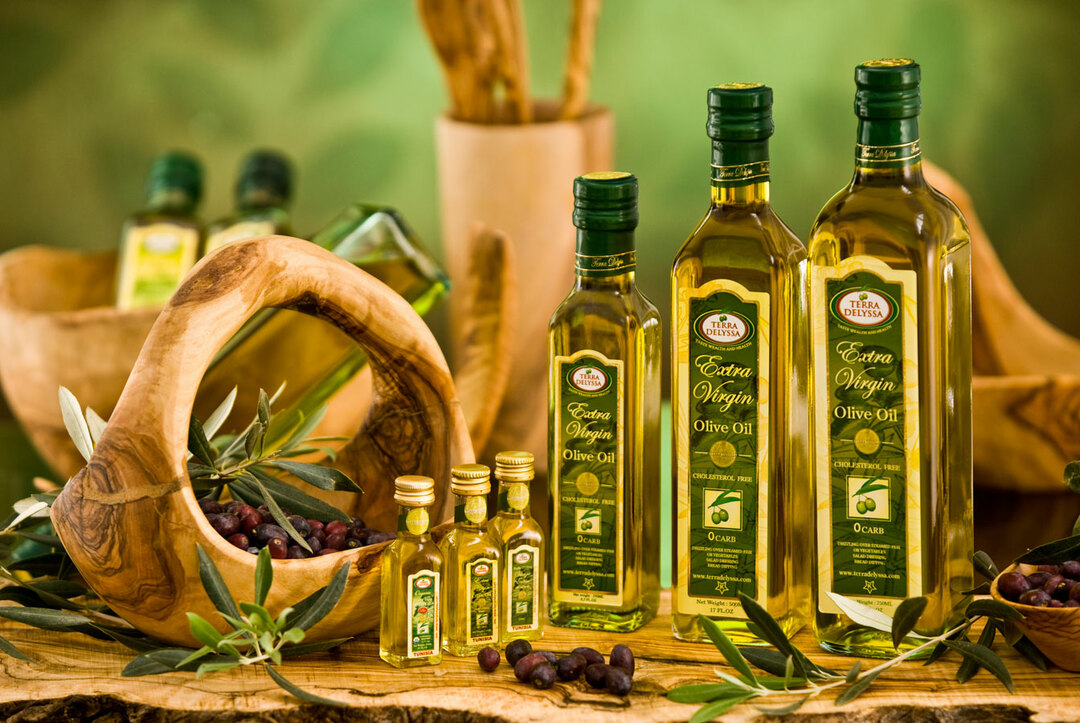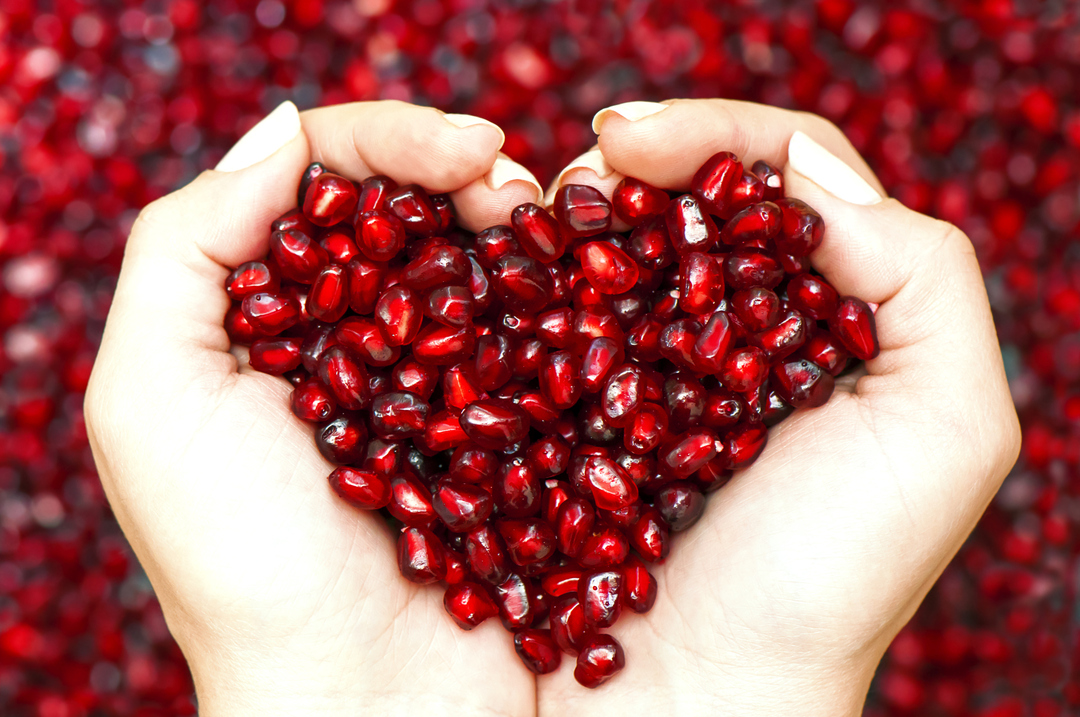How to choose the right products
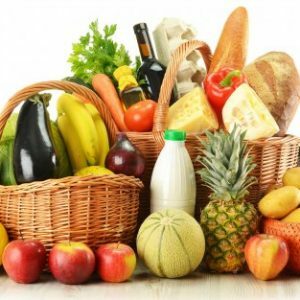 From the choice of quality products depends, at times, not only the reception of gastronomic pleasure, but also human health.In order not to get confused before a wide choice on the shelves of stores, it is necessary to adhere to the recommendations of specialists.
From the choice of quality products depends, at times, not only the reception of gastronomic pleasure, but also human health.In order not to get confused before a wide choice on the shelves of stores, it is necessary to adhere to the recommendations of specialists.
How to choose the right dairy products
Milk
Producers offer several types of milk that differ in their quality and taste characteristics.
Pasteurized milk
It is prepared by heating to 60-70 degrees, which lasts 15-30 minutes.During this process, all useful microorganisms are preserved, but fermentation stops for a short time.The shelf life of pasteurized milk does not differ in duration and varies on average from 36 hours to 10 days.
Sterilized milk
It is first subjected to high pressure machining in the production, then heated to a temperature of 115-135 degrees.Such treatment helps to preserve vitamins in milk, but all spores and bacteria, even those that are beneficial to the body, die.Doctors believe that sterilized milk is more useful than powdered milk, but it loses its past useful characteristics in its useful characteristics.
Whipped milk
There is a special feature in its production - milk is heated to 95-99 degrees, which determines its color and flavor characteristics: a creamy shade of cream, there is no specific smell of milk, but there is a pronounced taste of pasteurization.
How to check the quality of milk
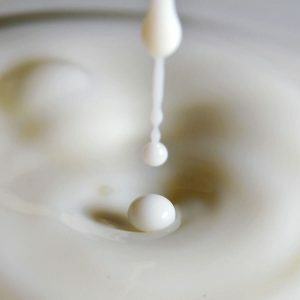 Directly in the store, the quality of milk is unlikely to be determined - no one will be able to open the package.But at home it is easy enough to check whether the manufacturer has added water to the milk.It is enough just to drop a drop of milk on the thumbnail and observe: a whole drop will indicate the quality, without additional milk additives, but the dripping drop is for the addition of water.
Directly in the store, the quality of milk is unlikely to be determined - no one will be able to open the package.But at home it is easy enough to check whether the manufacturer has added water to the milk.It is enough just to drop a drop of milk on the thumbnail and observe: a whole drop will indicate the quality, without additional milk additives, but the dripping drop is for the addition of water.
Sour cream
When buying sour cream, you need to pay attention to two factors: the shelf life and the shelf life of the product.If the choice fell on natural sour cream in a sealed package, then keep in mind that this product is stored for an average of 5-7 days at a temperature of 2-6 degrees above zero.If the package of sour cream is not hermetically sealed( for example, some manufacturers sell sour cream in plastic glasses with a lid), then the shelf life is very small.
Remember: the lower the sour cream of natural ingredients, the longer the shelf life will be indicated on the package( on average it is from 2 to 4 weeks), and the storage temperature can be up to 20 degrees above zero.
How to check the quality of sour cream
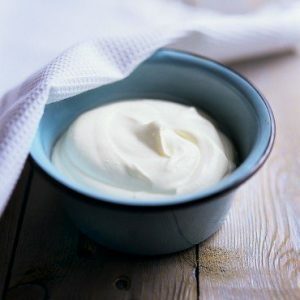 After buying sour cream at home carefully consider it: the quality product should be uniformly even white.Do not allow the presence of an acidic odor, solid lumps or watery delaminations.Many people think that the presence of liquid on the surface of sour cream is a secreted serum from the product, but this is an erroneous opinion!A similar phenomenon is a sign of a violation of the technology of sour cream preparation.
After buying sour cream at home carefully consider it: the quality product should be uniformly even white.Do not allow the presence of an acidic odor, solid lumps or watery delaminations.Many people think that the presence of liquid on the surface of sour cream is a secreted serum from the product, but this is an erroneous opinion!A similar phenomenon is a sign of a violation of the technology of sour cream preparation.
Separately it is worth mentioning about cheeses - they are also related to dairy products.Remember: on quality cheese there will be no cracks and signs of mold, as this will refer to substandard products.But there are exceptions to this rule: mold can be present on cheeses of a certain sort, it will testify, on the contrary, about the maturity of the product.To such cheeses concerns, for example, "Roquefort".
How to choose the right vegetables
The choice of vegetables in the outlets is a responsible process, because if you do not pay attention to this issue, you can get not only a rotten product, but also openly dangerous to health, "stuffed" with various chemicals.
Tomatoes
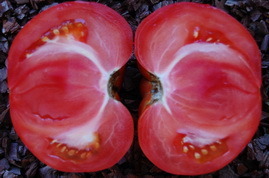 First of all you need to pay attention to the aroma of tomatoes: ripe on the bed have a pleasant, characteristic tomato smell, but those tomatoes that are ripped green and ripened in boxes, will not have any flavor( their customers andCalled "plastic").
First of all you need to pay attention to the aroma of tomatoes: ripe on the bed have a pleasant, characteristic tomato smell, but those tomatoes that are ripped green and ripened in boxes, will not have any flavor( their customers andCalled "plastic").
You should not buy tomatoes that have a broken stalk area and have an unnatural color - most likely, they ripened already torn and useful substances in them will be less.
At home, it's very easy to check the quality of the purchased tomatoes: cut the tomato and pay attention to the color of the inner contents.If it is whitish, there are pronounced white veins, it means that the level of nitrates in it is simply incredible - eating such vegetables is strongly discouraged.
Cucumbers
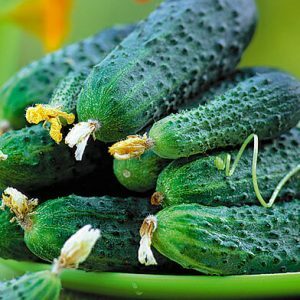 Take the cucumber from the counter in your hand and lightly press on the rind with your finger or fingernail: if it is soft, it means that the goods are too long on the counter.Cucumbers plucked from the beds recently, will be firm and firm, and the color of the vegetable will be uniform.Note that a quality cucumber should not have yellow spots on the tips, and the place with which the cucumber is attached to the whip should be light.
Take the cucumber from the counter in your hand and lightly press on the rind with your finger or fingernail: if it is soft, it means that the goods are too long on the counter.Cucumbers plucked from the beds recently, will be firm and firm, and the color of the vegetable will be uniform.Note that a quality cucumber should not have yellow spots on the tips, and the place with which the cucumber is attached to the whip should be light.
The last quality check: swipe the cucumber and determine the characteristics of the rind: if the thorns are soft and thin, they are easily erased, then the product is of high quality.But the rough thorns and dark color of the cucumber will indicate that it was grown with the use of various chemicals.The onion
 The onion should be completely dry and with a solid golden peel.Be sure to lightly press on the head of onions: it should not be soft, and visually make sure that there are no dark spots on the surface of the product.
The onion should be completely dry and with a solid golden peel.Be sure to lightly press on the head of onions: it should not be soft, and visually make sure that there are no dark spots on the surface of the product.
As for the green onions, it will be enough to make sure that there is no slime or some white coating on the feathers.
Cabbage
It is believed that dark spots on vegetables indicate that the product was grown using chemicals.But in the case of cabbage, dark spots on its surface indicate that the product is infected with a fungus.By the way, fungal colonies grow well and multiply on those vegetables that have been treated with chemicals.
When buying cabbage( white-headed), press on the head - the leaves should be elastic, and the base of the leaves directly at the stump must not be thick at all.
Potatoes
The easiest way to check the quality of potatoes is to press the skin with the nail so that it slightly cuts it.If you hear a slight crunch, it means that the vegetable was grown in natural conditions and no chemicals were handled.But if the nail entered the body of the potato gently and silently, then this is an obvious sign of treating the vegetable with pesticides.
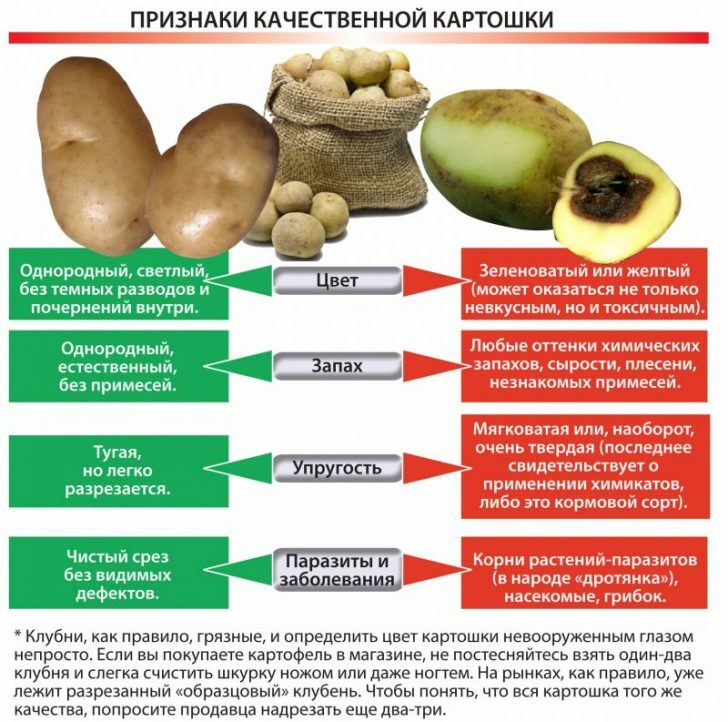
When selecting potatoes, you need to pay attention to the presence of green spots on the tubers - they should not be, because this means that the rules for storing potatoes were violated and solanine( a poisonous substance) was formed in it.
Carrots
This vegetable should be absolutely uniform orange color, no yellow or green impregnations are allowed.Only in this case can you be sure that the carrots are of good quality and grown without the use of chemicals.Consider one more point: large root vegetables are much juicier, tastier and more nutritious than small carrots.And do not forget that this vegetable should be strong, but not flabby / soft and wrinkled.
How to choose the right fruit
It is well known that fruit is useful for strengthening immunity, during illness and outside pathologies.But you need to be absolutely sure that the fruits you purchased were grown without the use of chemicals and stored correctly.
Citrus fruits( lemons, mandarins, grapefruit and oranges)
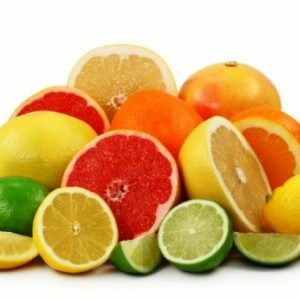 First of all, when buying citrus fruits, you need to pay attention to their color: it should be homogeneous, but the spotting will indicate the second-rate fruit.Too thick citrus peel will "talk" about the fact that they contain a lot of nitrates.By the way, thick-bodied oranges without seeds - this is the usual hybrids, which, in addition to pleasant taste, do not give anything.
First of all, when buying citrus fruits, you need to pay attention to their color: it should be homogeneous, but the spotting will indicate the second-rate fruit.Too thick citrus peel will "talk" about the fact that they contain a lot of nitrates.By the way, thick-bodied oranges without seeds - this is the usual hybrids, which, in addition to pleasant taste, do not give anything.
Citrus fruits should be soft( check it easily: lightly press on the fruit), there should be no white coating on their surface, as this will indicate a violation of the rules for storing fruits.
Grapes
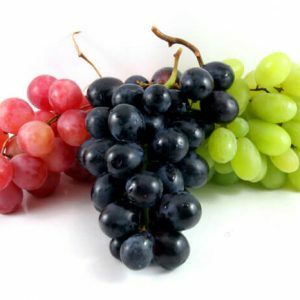 Fruits must be absolutely clean, without white coating, each grapes - it is easy to separate from the brush / twig.
Fruits must be absolutely clean, without white coating, each grapes - it is easy to separate from the brush / twig.
Please note: specifically for grapes, the best option for testing will be its tasting - select the fruit according to its taste and absence of rot on it.
Bananas
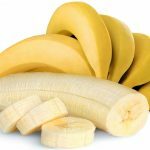 If you buy ordinary bananas, they should be long enough, have a yellow color, in a bunch usually there are 5-12 fruits.If you buy dwarf or red bananas, then make a discount on the characteristics of the variety.Experts do not recommend buying darkened bananas - they just lay on the counter and lost their condition.But if you bought some greenish bananas, then they just need to stand a few days at room temperature - they will become completely usable.
If you buy ordinary bananas, they should be long enough, have a yellow color, in a bunch usually there are 5-12 fruits.If you buy dwarf or red bananas, then make a discount on the characteristics of the variety.Experts do not recommend buying darkened bananas - they just lay on the counter and lost their condition.But if you bought some greenish bananas, then they just need to stand a few days at room temperature - they will become completely usable.
Apricots and peaches
These fruits should be so soft to give the impression - now they will drain the juice.The quality fruits of apricot and peach have an integral peel, slightly velvety to the touch and without any dark spots.The red barrel of these fruits simply indicates their ripeness.
Apples
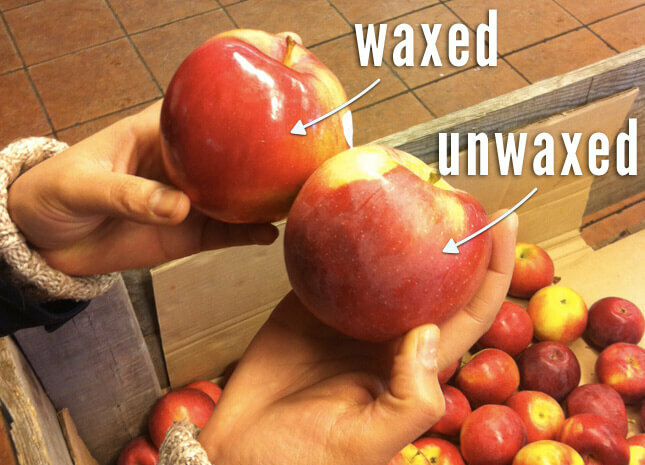
These are the fruits most often processed with various substances to extend the shelf life.Take the apple in your hands and if its skin is sticky and slippery, then the fruit has been treated with diphenyl( the oil refining product that slows down the rotting processes in the US is forbidden).This substance is not washed off with water, so water "procedures" will have to be carried out with soap, and simply peel the skin before use.
Tsygankova Yana Aleksandrovna, medical reviewer, therapeutist of the highest qualification category

